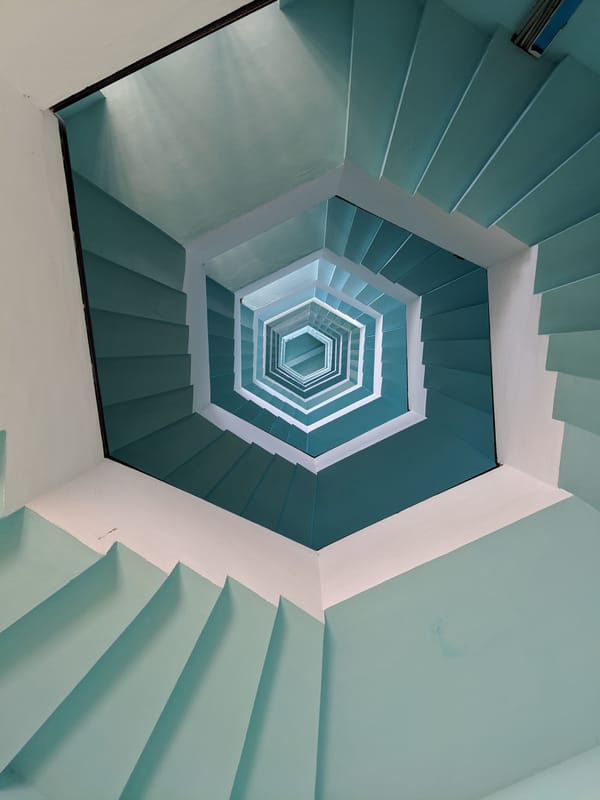The Catalog’s “IT” moment and what it means for MinIO, Object Storage and AI

Catalogs are revolutionizing modern datalakes, with industry giants like Databricks and Snowflake adopting Apache Iceberg’s catalog REST API. A commitment to open standards enhances performance, fosters innovation, and transforms data management for AI and ML.
Read more...





















